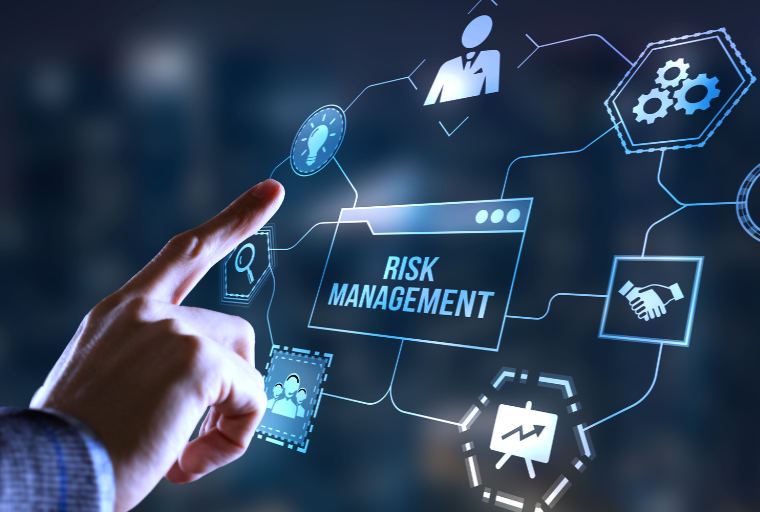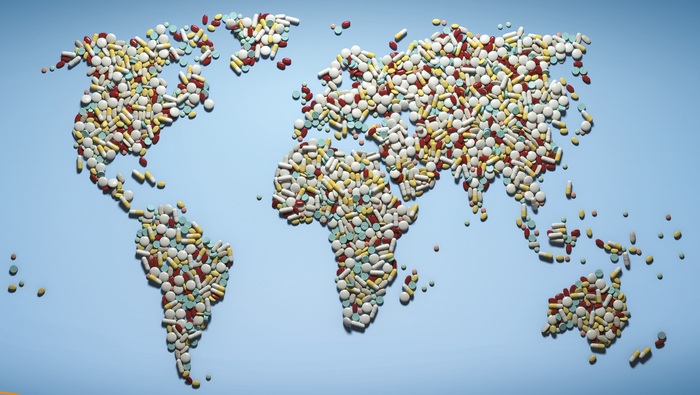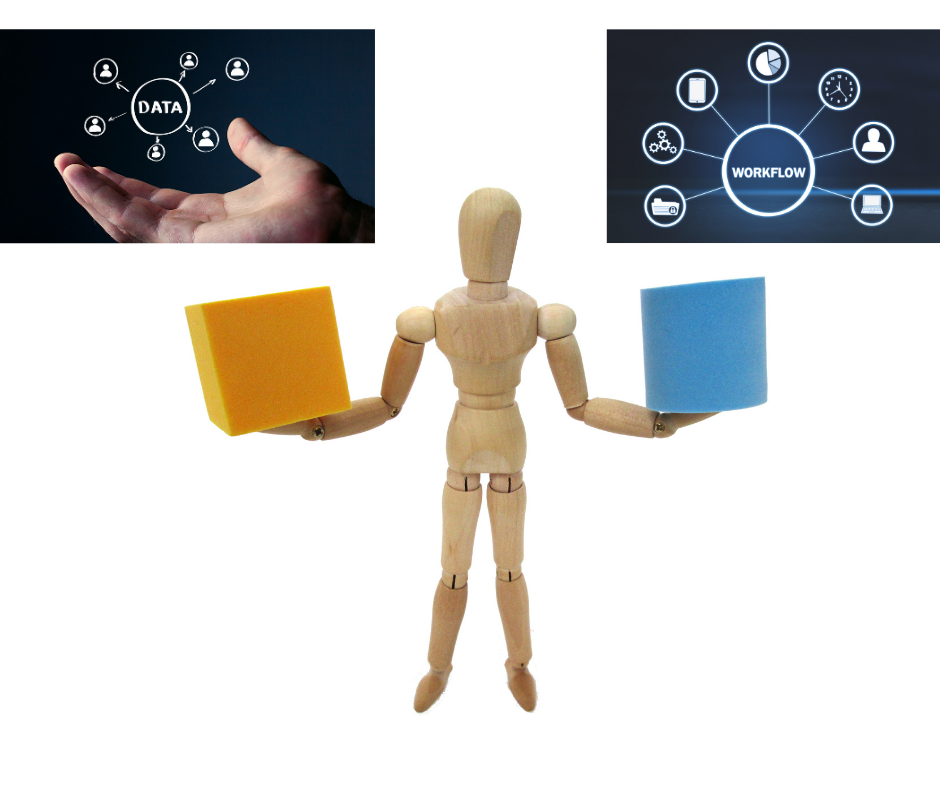
Integrating Quality, Safety and Risk Management in Healthcare
To deliver safer and better care, healthcare providers will need to adopt proactive risk management, system-wide thinking, process digitalisation, effective data monitoring and a culture of continuous improvements.





